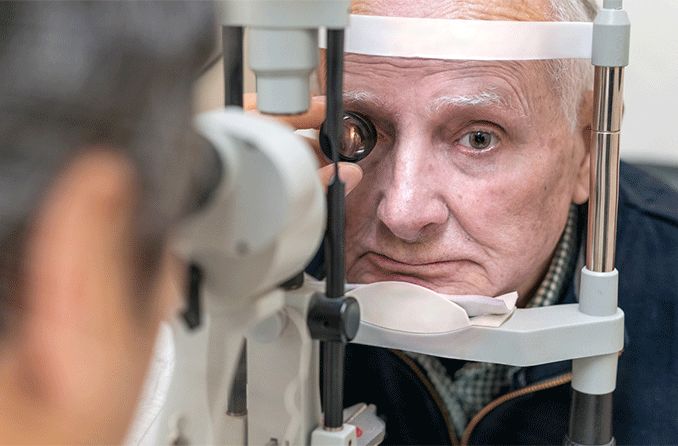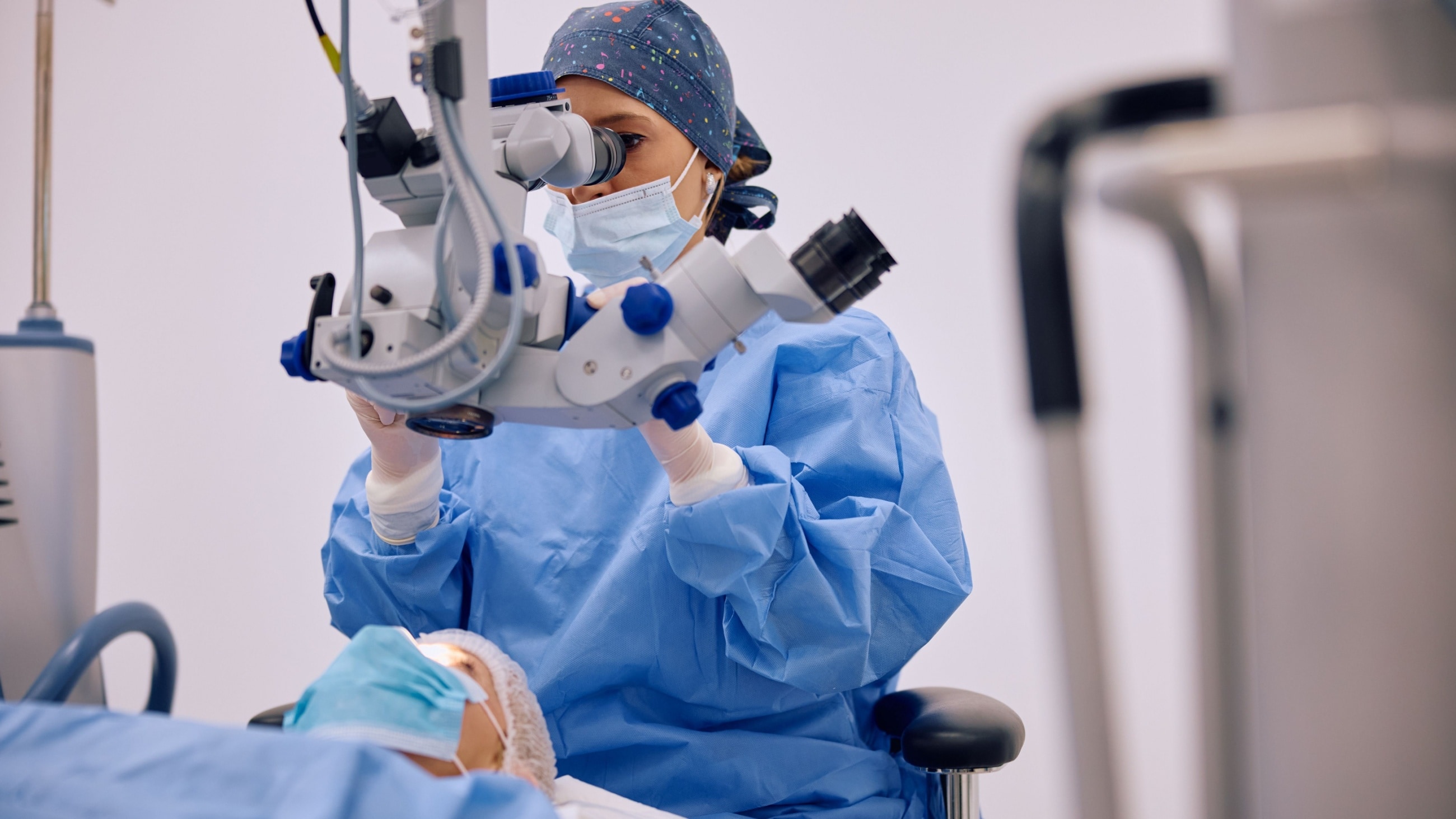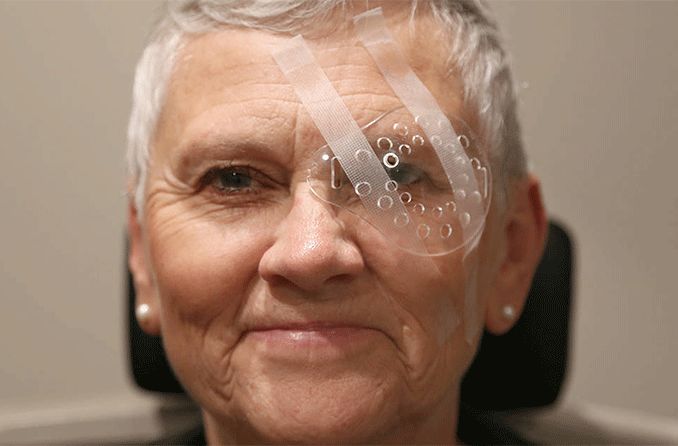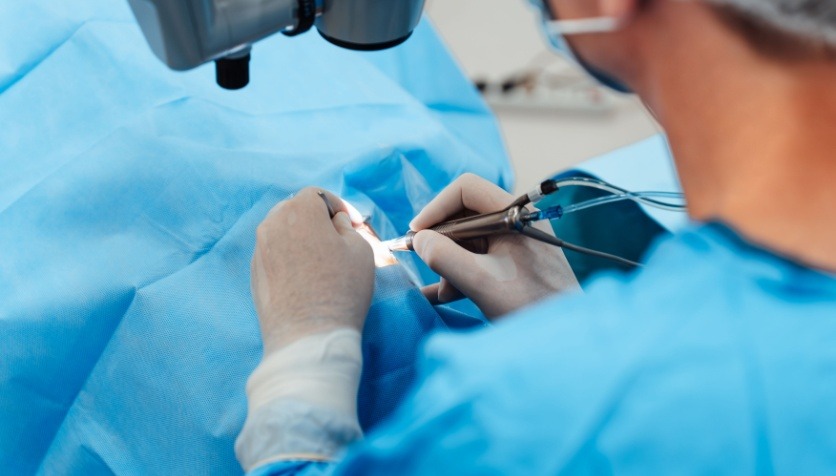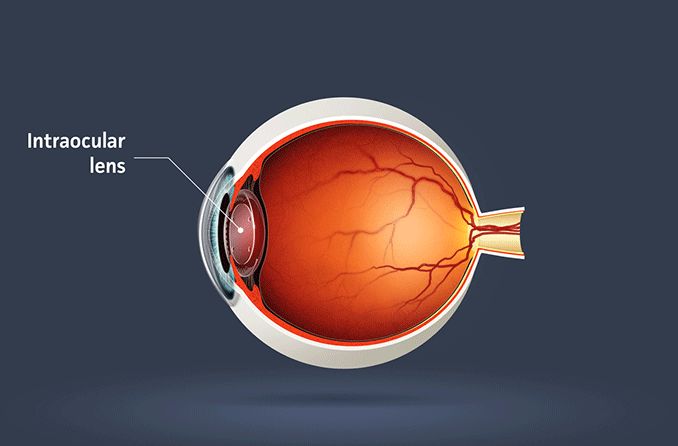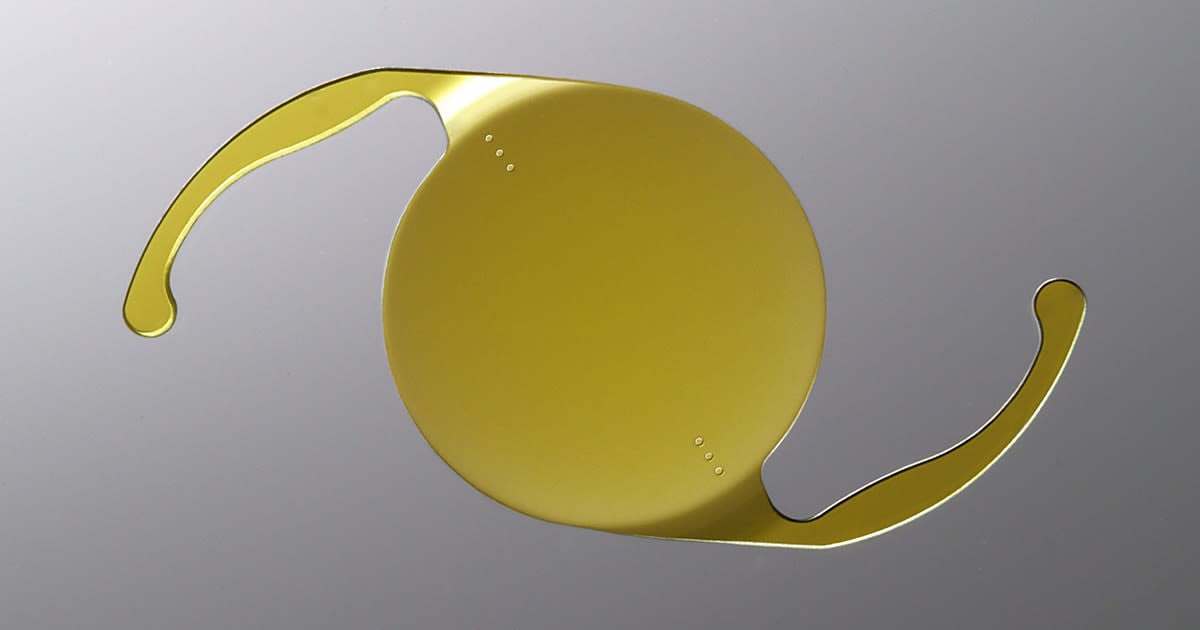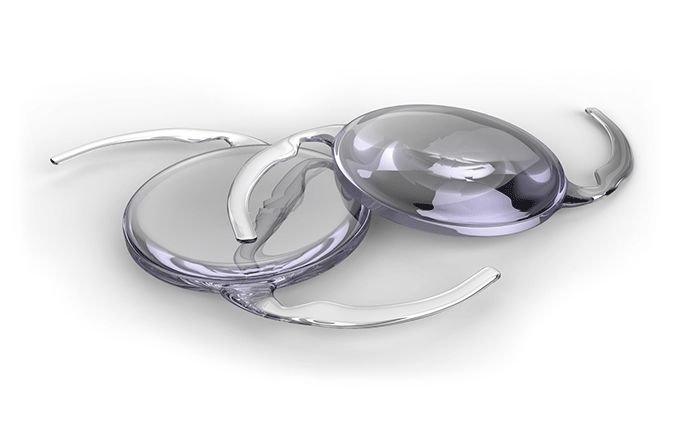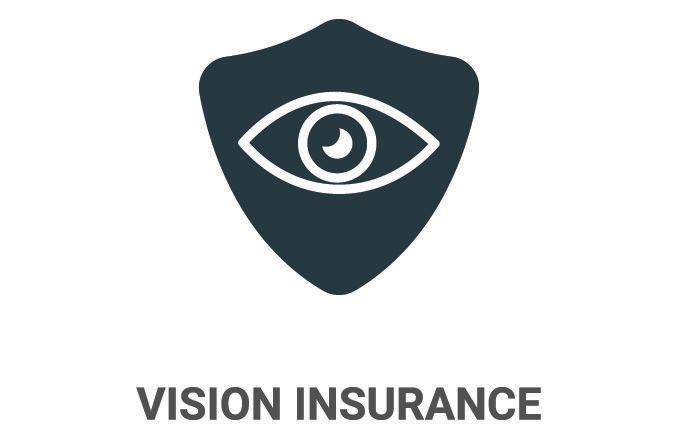Are there eye drops for cataracts?
There are no FDA-approved eye drops that can treat cataracts. Surgery is still the only way to treat a cataract and the vision problems that come with it. But that might not be the case forever. Researchers are studying several drugs that could help dissolve cataracts via eye drops one day.
Why is it so hard to treat cataracts with eye drops?
Cataracts are cloudy spots on the natural lens inside your eye. They can form when proteins in the lens break down as we age. A cloudy lens can cause blurry vision, light sensitivity and other cataract symptoms.
There are three big reasons why cataract eye drops aren't available yet:
Researchers are still trying to figure out which chemicals are best for preventing or treating cataracts in humans.
It's hard for an eye drop to deliver enough medication to the lens since it's inside your eye.
Researchers need to make sure that any chemicals that touch or enter your eyes won't hurt your eyes or overall health.
It's hard to know when (or if) eye drops for cataracts will be ready to use, but there's been promising research in recent years.
Future cataract medication could include:
Lanosterol eye drops
Your body uses steroid chemicals to function and stay healthy. All steroids come from molecules called lanosterol.
Some research has shown that lanosterol could help clear up the clouding of a cataract. But it hasn't been directly tested on humans yet, so researchers are still trying to find out if it's safe and effective. So far, there have been mixed results.
One challenge is that lanosterol is a big molecule. That makes it harder to absorb into your eye and get to the lens.
Eventually, eye drops could use microscopic nanotechnology to deliver lanosterol directly to the lens cells that need it most.
Researchers don't know exactly how the chemical could affect other parts of your body. Lanosterol can change into cholesterol, which could build up and hurt your heart or blood vessels.
Other sterols
Other potential cataract medications could be based on molecules that are related to lanosterol.
25-hydroxycholesterol
Some research suggests that a similar molecule called 25-hydroxycholesterol could also help dissolve cataracts. But, like lanosterol, the results have been mixed.
More research is needed before we know whether 25-hydroxycholesterol could be used in cataract drops one day.
VP1-001 ("Compound 29")
A chemical mixture called VP1-001 (also known as "compound 29") helped clear cataracts in mice in some studies.
VP1-001 also improved cataracts in human lenses ex vivo. "Ex vivo" means that the lens came from a human, but it's been removed, and the research was done in a lab.
Researchers are still learning how VP1-001 affects the eye and what it could mean for the future of cataract eye drops.
Antioxidants
There are unstable molecules called free radicals in your body all the time. Sometimes they're caused by normal activities like eating or exercising (think of free radicals as like a car’s exhaust). But they can also happen after harmful exposure to pollution, cigarette smoke or too much sunlight.
This causes damage called oxidative stress over time. It can put you at higher risk for certain diseases and medical conditions, including age-related cataracts.
Antioxidants are molecules that help your body "fight" oxidative stress by neutralizing the free radicals. Fruits and vegetables contain antioxidants like vitamins A, C and E, but there are many others, too.
Researchers are still trying to figure out if antioxidant eye drops could help clear cataracts in the future.
NAC
L-carnosine is one molecule that could have an antioxidant effect on cataracts (which could reverse clouding on the lens). The problem is that it can't enter your eye in an eye drop.
A molecule that can enter the eye is called N-acetylcarnosine, or NAC for short. Your body turns NAC into L-carnosine once it's inside your eye.
NAC helped cataracts in a few clinical trials but wasn't helpful in others. More research is needed.
Some companies already make and sell over-the-counter NAC eye drops. These products are not approved by the FDA to treat or prevent cataracts.
Rosmarinic acid
Rosmarinic acid is an antioxidant naturally found in plants like rosemary, oregano and thyme. It has many health benefits, and one of them could be preventing or treating cataracts.
One study of herbal eye drops that included rosmarinic acid found that it could prevent cataracts in animals. Another study found that it could clear cataracts ex vivo. But more research is needed to figure out whether it can help humans.
C-KAD
A California-based company sent cataract eye drops called C-KAD to clinical trials in 2008. The drug made it to phase 2, and for many years there were no new developments. However, between 2023 and 2024, new research showed that eyes treated with C-KAD had clearer vision and better contrast sensitivity compared to placebo. The company also met with the FDA to plan a larger phase 3 trial to confirm these results.
Talking to your doctor about cataract eye drops
Some eye drop products claim to help clear away cataracts, but they aren't approved by the FDA.
Always talk to an eye doctor before you use new eye drops or medication. Your doctor can help you make the safest, most informed decision.
You may be able to buy FDA-approved eye drops for cataracts one day. But for now, surgery is still the only proven treatment.
READ MORE: What to expect before, during and after cataract surgery


